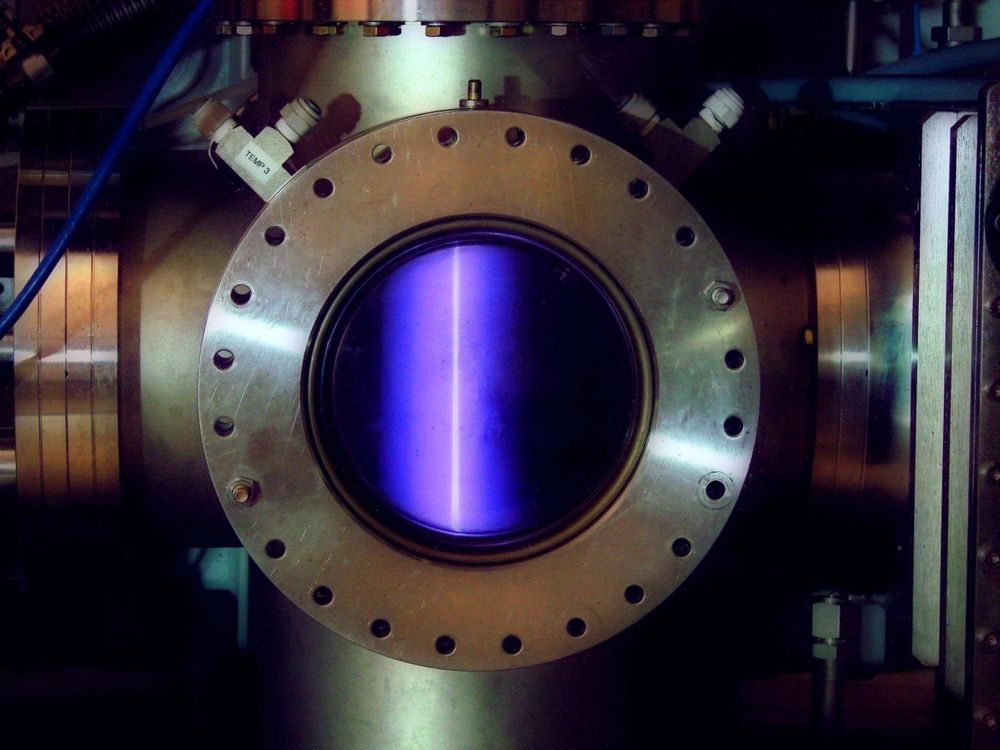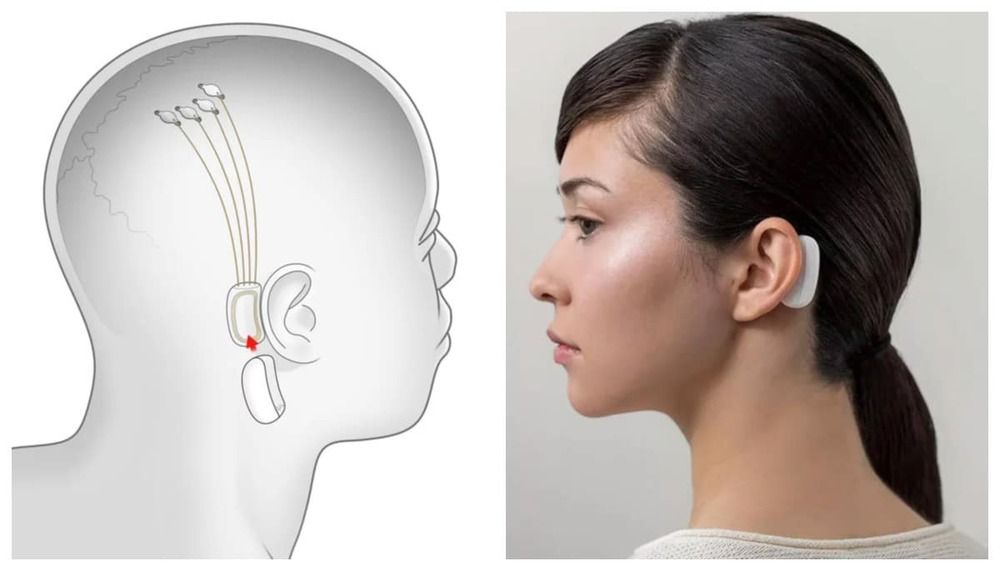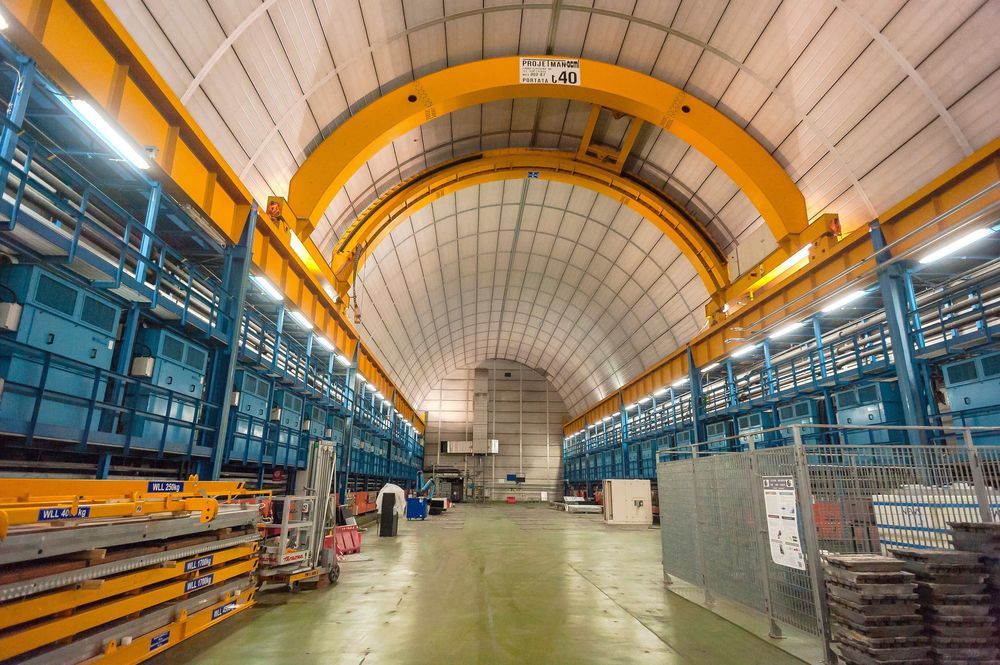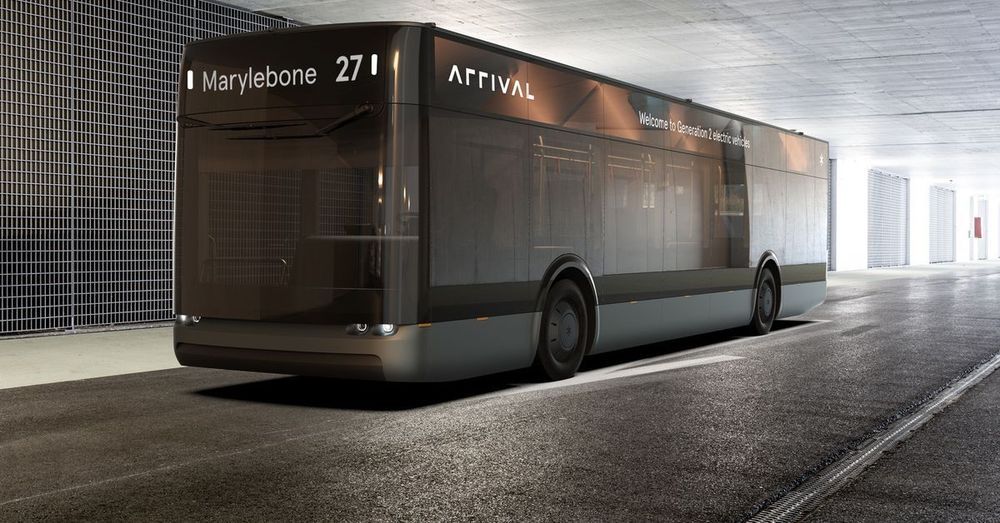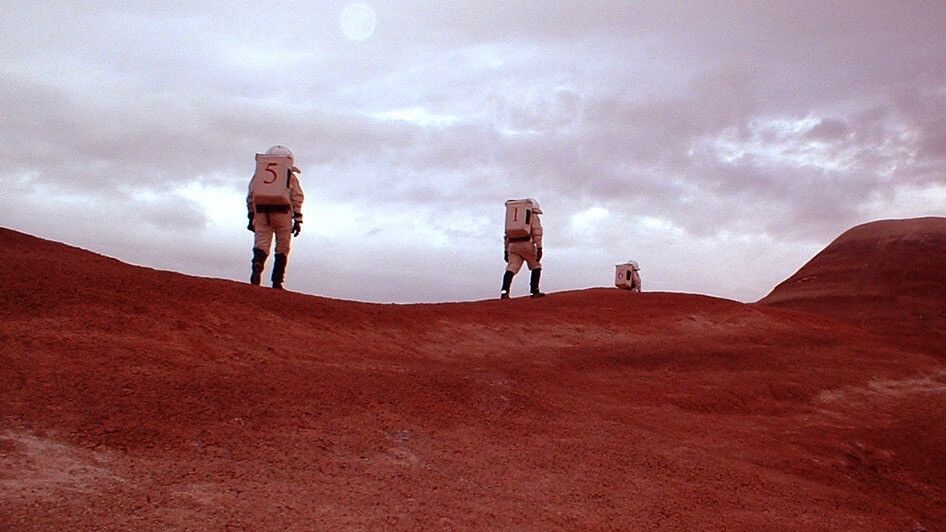In a paper, researchers at DeepMind propose a system that can efficiently navigate virtual city environments it hasn’t seen before.
The Madison, Wisconsin-based startup Phoenix has scouted a team of nuclear elites for a new frontier: small reactors that can revolutionize medical imaging, munitions scanning, and even non-destructive testing for quality assurance.
And in the longer term, scientists say training people to run neutron generators helps to familiarize and speed up the future of nuclear fusion.
Circa 2014
Roughly 13.75 billion years ago, our universe came into existence. Very shortly thereafter, primordial light started shooting across the cosmos and spreading throughout the early universe. At this juncture, the universe itself was also expanding. The inflation of the universe slowed after the first initial burst, but since then, the rate of expansion has been steadily increasing due to the influence of dark energy.
Essentially, since its inception, the cosmos has been growing at an ever increasing rate. Cosmologists estimate that the oldest photons that we can observe have traveled a distance of 45–47 billion light-years since the Big Bang. That means that our observable universe is some 93 billion light-years wide (give or take a few light-years). These 93 some-odd billion light-years contain all of the quarks, quasars, stars, planets, nebulae, black holes…and everything else that we could possibly observe; however, the observable universe only contains the light that has had time to reach us.
How can the universe be 93 billion light-years across if it is only 13.8 billion years old? Light hasn’t had enough time to travel that far…? Ultimately, understanding this facet of physics is the key to understanding what lies beyond the edge of the observable universe and whether we could ever get there.
Elon Musk announced that his secretive brain-computer interface startup Neuralink is working on an “awesome” update of his brain implant technology.
The Micius satellite has enabled messages with unbreakable encryption to be sent 1,200km.
Results from the XENON experiment in Italy hint at the possible discovery of long-sought axions.
UK startup Arrival has generated a lot of buzz with its electric delivery vans, and drummed up ample funding. But now it wants to become a much bigger transportation company — starting with a new electric bus, of which The Verge got an exclusive first look.
Chimeric antigen receptor (CAR) T cells have transformed the treatment of refractory blood cancers. These genetically engineered immune cells seek out and destroy cancer cells with precision. Now, scientists at Memorial Sloan Kettering are deploying them against other diseases, including those caused by senescence, a chronic “alarm state” in tissues. The scope of such ailments is vast and includes debilitating conditions, such as fibrotic liver disease, atherosclerosis, and diabetes.
Key to the success of CAR T cell therapy has been finding a good target. The first US Food and Drug Administration-approved CAR T cells target a molecule on the surface of blood cancers called CD19. It is present on cancer cells but few other normal cells, so side effects are limited.
Taking their cue from this prior work, a team of investigators including Scott Lowe, Chair of the Cancer Biology and Genetics Program in the Sloan Kettering Institute, and Michel Sadelain, Director of the Center for Cell Engineering at MSK, along with their trainees Corina Amor, Judith Feucht, and Josef Leibold, sought to identify a target on senescent cells. These cells no longer divide, but they actively send “help me” signals to the immune system.
I think that supporting technologies will be important for closing not just gaps in space, but also gaps in time: a message from Earth takes as long as 22 minutes to reach Mars (hence our email delay in sim), and the reply needs the same time to come back. And that delay is just for the next planet over! Clever tech will be needed to bring us together across space and time.
Learning From Today to Design Tomorrow
Covid-19 is bringing us face-to-face with a host of uncertainties, pressures, and yes, catastrophes. But if we have the patience and courage to learn from this experience, we empower ourselves to build stronger, inclusive, and resilient futures on Earth and elsewhere.

